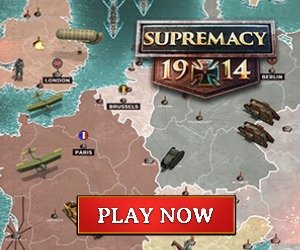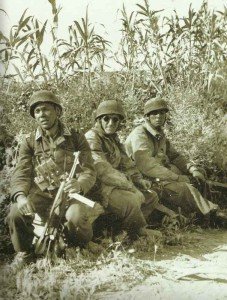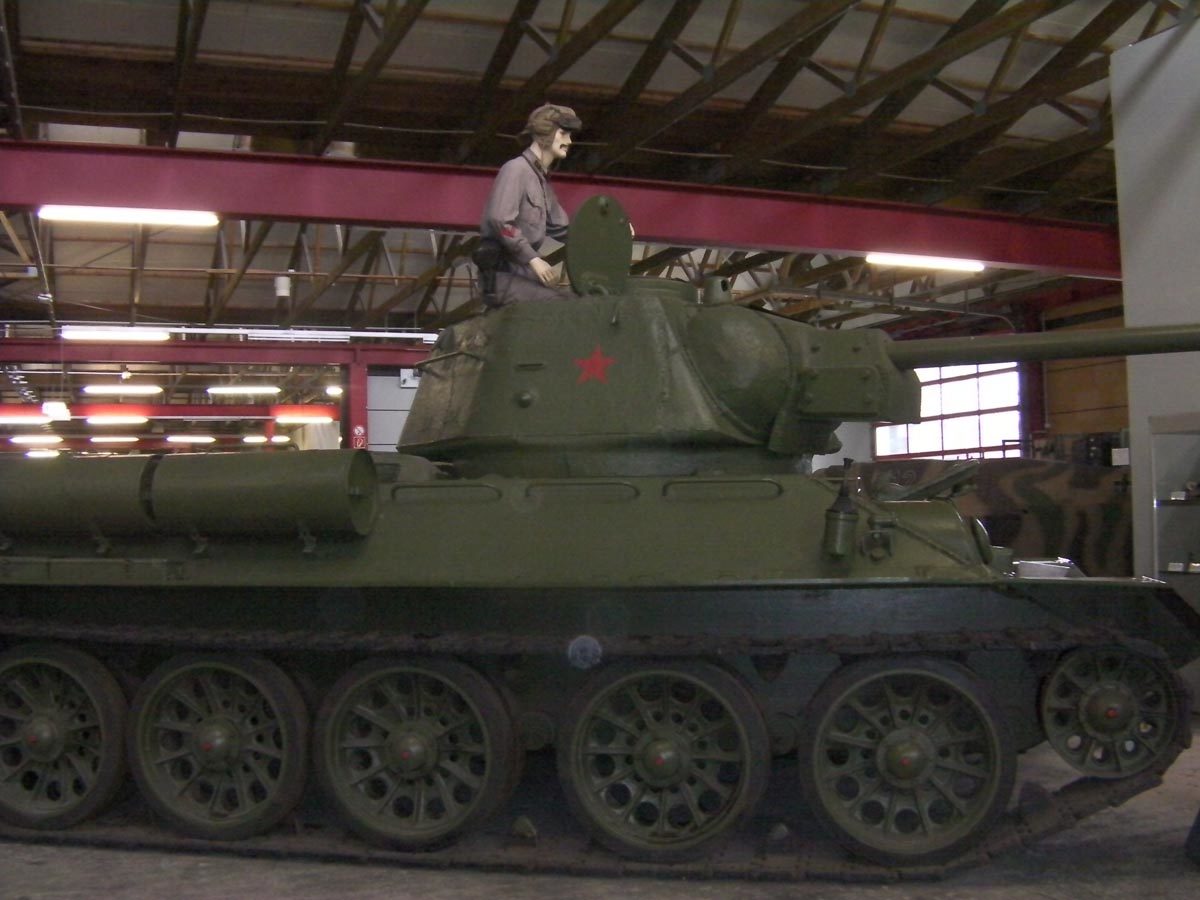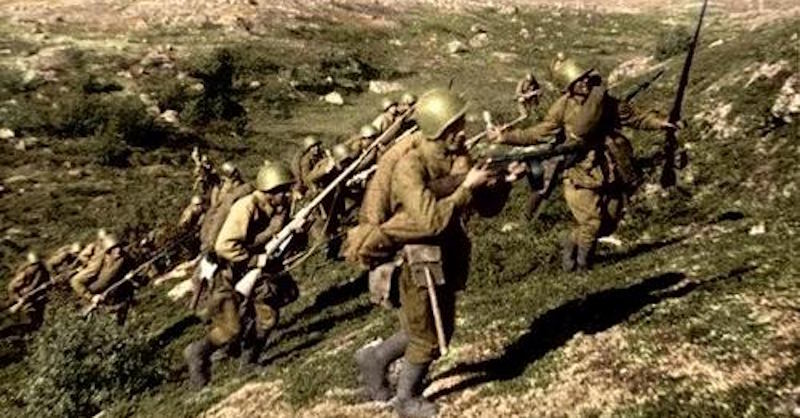German Orders of Battle on 5 April 1941 at the attack on Yugoslavia and Greece.
German Army, Airborne Forces and Luftwaffe, Divisions, Corps, Armies and Army Groups.
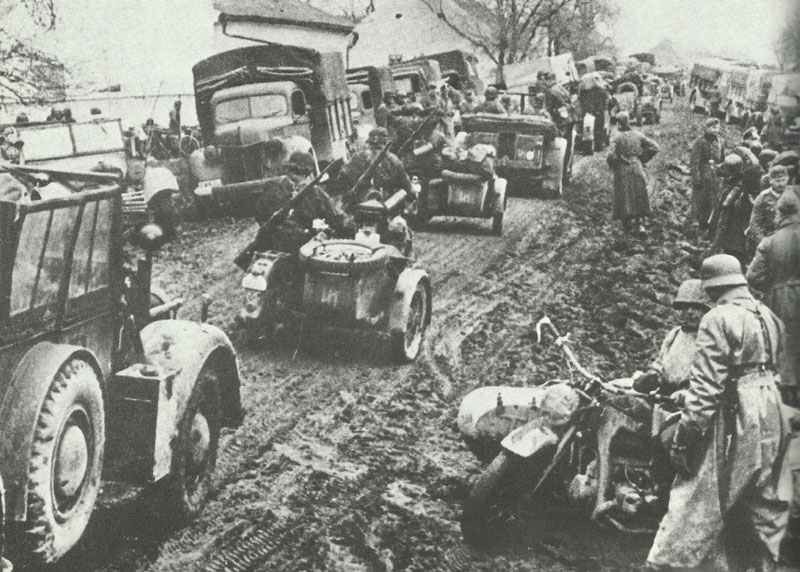
Balkans Campaign
Table of Contents
The Balkan Campaign of 1941 was a military operation conducted by Nazi Germany and its allies against Yugoslavia and Greece during World War II.
Overview of the German forces involved in this campaign
Army Group E:
– Commanded by Field Marshal Wilhelm List
– Consisted of the 12th Army and various other units
12th Army:
– Commanded by Field Marshal Wilhelm List
– Key units included:
– XL Panzer Corps
– XVIII Mountain Corps
– XXX Infantry Corps
2nd Army:
– Commanded by General Maximilian von Weichs
– Primarily involved in the invasion of Yugoslavia
Luftwaffe (Air Force) units:
– 4th Air Fleet, commanded by General Alexander Löhr
– Included various fighter, bomber, and support squadrons
SS units:
– Several SS motorized infantry regiments were involved
Panzer Divisions:
– 2nd Panzer Division
– 5th Panzer Division
– 9th Panzer Division
Mountain Divisions:
– 1st Mountain Division
– 5th Mountain Division
Infantry Divisions:
– Multiple infantry divisions were involved, including the 46th, 50th, 73rd, and 164th Infantry Divisions
Allied forces:
– Italian 2nd Army (for the invasion of Yugoslavia)
– Hungarian 3rd Army (for the invasion of Yugoslavia)
The German forces were highly effective in this campaign, quickly overwhelming the defenses of both Yugoslavia and Greece. The operation lasted from April 6 to June 1, 1941, and resulted in the Axis occupation of both countries.
This campaign delayed the German invasion of the Soviet Union (Operation Barbarossa) probably by several weeks, which some historians argue had significant consequences for the outcome of the war on the Eastern Front.
The operation
In order to secure his southern flank for the invasion of Russia Hitler forced Yugoslavia’s Prince Regent Paul into the Axis alliance, but when he was overthrown by anti-German patriots in Belgrade, Hitler ordered the invasion of Yugoslavia and the expulsion of the British from Greece.
Operation Marita, the invasion of Yugoslavia, was launched on 6 April 1941 (after a mere ten days of preparation) and was a complete success; for the loss of 558 men the Yugoslav Army was completely destroyed, and over 300,000 men taken prisoner.
Simultaneously, five divisions of List’s 12th Army invaded Greece and by the end of April the country lay in German hands, although losses here were rather higher, at just over 5,000. The Wehrmacht’s victory in the Balkans was due to the imaginative handling of armored and airborne forces against the armies of a disorganized enemy.
It can be seen from the Order of Battle further down that the German Army Corps was a very flexible structure, which could be composed of a variety of different formations to suit local needs: XVIII Corps, for example, was composed of two mountain divisions and one panzer division, specifically for operating in difficult terrain.
The divisional organization of the German Army was much the same as it had been in 1940 except for the panzer formations which were reorganized to include a better balanced infantry element, to avoid the problem encountered in France in 1940 when unsupported tank units raced on ahead of the foot-slogging infantry. The panzer division now had one tank regiment, two motorized infantry regiments and stronger supporting units which included self-propelled anti-tank guns and artillery. It was 15,600 men strong and had an establishment strength of 211 tanks. The Panzer III and Panzer IV tanks now formed the striking force of the panzer division.
Airborne Forces
Control of Greece was not control of the Mediterranean, however, and plans were drawn up for the invasion of the strategically important island of Crete.
The XI Air Corps would be the spearhead of the assault: the invasion by some 22,000 men and over 500 transport planes as well as seaborne forces began on 20 May 1941 and after 11 days of bitter fighting, in which the Germans suffered 3,250 dead or missing and 3,400 wounded, the Allied forces evacuated the island, leaving over 10,000 men as prisoners. The capture of Crete was one of the greatest triumphs of the airborne forces but the very high casualties of this parachute operation so shocked Hitler that from then on these elite troops fought mainly in an infantry role.
The assault on Crete was carried out by the 7th Air Division supported by the 5th Mountain Division. The 7th Air Division was organized as follows:
- three parachute regiments, each of three battalions;
- air signals company;
- transport company;
- medical company;
- light anti-aircraft battery;
- anti-tank gun company;
- anti-tank gun battery;
- motorcycle platoon.
After the invasion, the 7th Air Division was withdrawn and re-posted to the Eastern Front, being replaced by the high-quality 22nd Infantry Air Landing Division, an otherwise normal infantry division trained and equipped for air transport, which had been unable to participate in the assault.
Air Force
The first deployment of the German Air Force in the Mediterranean was the arrival of the X Fliegerkorps from Norway in December 1940 to provide support for the ground forces in North Africa and cut off the British supply routes in the Mediterranean. For a time the German Air Force had control of the skies, its Me 109s proving more than a match for the RAF’s Hawker Hurricanes.
In the Balkans the 4th Air Fleet of 1,200 aircraft supported the German Blitzkrieg with great success and contributed to the hard-fought victory over Crete. Large numbers of aircraft from both the X Fliegerkorps and the 4th Air Fleet were withdrawn for the invasion of Russia, however, leaving the Luftwaffe desperately short of aircraft in the Mediterranean.
Schematic layout of the Wehrmacht’s Orders of Battle from April 5, 1941
Army Group A:
Army | Corps | Divisions |
|---|---|---|
also HQ West in Norway, France, Channel coast | ||
Army HQ Norway | Mt.Corps Norway | 2 Mountain, 3. Mountain Div |
XXXIII Corps | 196, 181 Inf Div |
|
XXXVI Corps | 163 Inf, 69 Inf, 214 Inf Div |
|
Commander Netherlands | 82 Inf Div |
|
16th Army (Reserves: XXIII Corps Staff) | V Corps | 12 Inf, 30 Inf Div" |
VII Corps | 7 Inf, 267 Inf, 208 Inf Div" |
|
IV Corps | 58 Inf Div" |
|
XXXXII Corps | 95 Inf, 96 Inf, 45 Inf Div |
|
XXXVII Corps | 17 Inf, 35 Inf, 24 Inf Div |
|
9th Army (Reserves: 444, 253, 78 Inf Div) | VIII Corps | 8 Inf, 28 Inf Div |
XXXVIII Corps | 26 Inf, 34 Inf, 254 Inf Div |
|
XXXII Corps | 295 Inf, 227 Inf, 93 Inf Div |
|
XXXXIII Corps | 57 Inf, 225 Inf, 216 Inf Div |
Army Group D:
Army | Corps | Divisions |
|---|---|---|
1st Army | XXVII Corps | 15 Inf, 52 Inf, 20 mot.Inf, 79 Inf, 94 Inf, 85 Inf Div |
XXXXV Corps | 260 Inf, Police, 86 Inf, 215 Inf Div |
|
6th Army (Reserves: 403 Inf Div) | XXVIII Corps | 212 Inf, 251 Inf, 83 Inf Div |
XXV Corps | 211 Inf, 205 Inf Div |
|
7th Army | LIX Corps | 246 Inf, 81 Inf, 223 Inf Div |
XXXIX mot.Corps | 4 Panzer, SS-Totenkopf (mot) Div |
|
XXXI Corps | 88 Inf, 263 Inf Div |
Army Group C:
Army | Corps | Divisions |
|---|---|---|
(Reserves: 29. mot.Inf, 10 Panzer, 7 Panzer Div) |
||
11th Army (Reserves: 102 Inf, 3 mot.Inf, 18 mot.Inf, 3 Panzer, 12 Panzer Div) | XXXXVIII mot.Corps | 18 Panzer, 14 mot Inf Div |
XXXXVII mot.Corps | 189 Inf, 19 Panzer, 20 Panzer Div |
|
LV Corps | 101 Light (1/2), 100 Light, 113 Inf, 187 Inf, 112 Inf, 99 Light, 87 Light, 167 Light Div |
|
LII Corps | 106 Inf, 110 Inf, 111 Inf, 126 Inf (1/2), 170 Inf Div |
|
? | 126 Inf (1/2), 170 Inf Division |
|
? | 10 mot.Inf, 25 mot.Inf.Div" |
|
XXIV mot.Corps | 36 mot.Inf, 15 Panzer, 17 Panzer, SS Wiking mot. Div |
|
7th Army (Reserves: 213 Inf, 218 Inf, 221 Inf, 239 Inf) | XXV Corps | 557 Inf, 555 Inf Div |
XXXIII Corps | 554 Inf, 556 Inf Div |
Army Group B:
Army | Corps | Divisions |
|---|---|---|
as HQ Occupied Poland | ||
18th Army (Reserves: 87 Inf Div) | XXVI Corps | 291 Inf, 217 Inf, 161 Inf, 61 Inf Div |
Panzer Group 4 | 1 Panzer, 6 Panzer Div |
|
X Corps | 123 Inf, 122 Inf Div |
|
I Corps | 1 Inf, 21 Inf, 11 Inf, 290 Inf, 269 Inf Div |
|
II Corps | 32 Inf, 121 Inf Div |
|
VI Corps | 6 Inf, 5 Inf, 256 Inf Div |
|
XX Corps | 129 Inf Div |
|
4th Army | XXXV Corps | 23 Inf, 258 Inf, 131 Inf, 162 Inf, 292 Inf |
XXXXIV Corps | 268 Inf, 1 Cav, 252 Inf Div |
|
XII Corps | 293 Inf, 31 Inf Div |
|
XIII Corps | 134 Inf, 137 Inf Div |
|
17th Army | III mot. Corps | 62 Inf, 75 Inf Div |
XVII Corps | 298 Inf, 297 Inf, 44 Inf Div |
|
XXXIV Corps | 68 Inf, 257 Inf, 71 Inf, 162 Inf Div |
|
IX Corps | 299 Inf, 296 Inf, 255 Inf, 56 Inf Div |
|
XXIX Corps | 9 Inf, 168 Inf Div |
Deployment for Balkan Campaign:
Army | Corps | Divisions |
|---|---|---|
2nd Army (in Austria and Hungary against Yugoslavia; Reserves: 79 Inf, 169 Inf, 197 Inf Div) | XXXXIX Mountain Corps | 1. Mountain Div |
LI Corps | 132 Inf, 183 Inf, 101 Light Div (1/2) |
|
XXXXVI mot. Corps | 8 Panzer, 14 Panzer, 16 mot.Inf Div |
|
LII Corps | 125 Inf Div |
|
12th Army (in Bulgaria against Yugoslavia and Greece; Reserves: 16 Panzer Div) | XVIII Mountain Corps | 5 Mountain, 6 Mountain, 72 Inf, 2 Panzer Div, Inf.Reg. 125 |
XXX Corps | 50 Inf, 164 Inf Div" |
|
XXXX mot. Corps | 9 Panzer, SS Adolf Hitler mot., 73 Inf Div" |
|
XI Corps | 76 Inf, 198 Inf Div |
|
L Corps | 46 Inf Div |
|
Panzer Group 1 (subordinated to 12th Army; Reserves: 4 Mountain, 294 Inf Div) | XIV. mot. Corps | 5. Panzer, 11. Panzer, 60. mot. Inf Div |
XXXXI mot. Corps | SS Das Reich mot. Div, Inf.Reg (mot) Grossdeutschland |
other deployments:
Army | Corps | Divisions |
|---|---|---|
Commander Army Mission Romania | 13 Panzer Div |
|
DAK (Afrika Corps) | 5 Light Div |
|
in Denmark (on vacation) | 218 Inf Div |
|
in Germany (on vacation) | 207, 213, 221 Inf Div (all in transformation to Security divisions), 206 Inf, 239 Inf Div |
|
Reserve Army and Commander of the army armament | 13th Wave | 302, 304, 306, 319, 323, 327, 305, 320, 321 Inf Div |
14th Wave | 332, 333, 335, 337, 340, 342, 336, 339 Inf Div |
Overview of fully established and operational divisions of the Wehrmacht, Waffen-SS and Luftwaffe
| Pz | mot.Inf | Cav. | Inf | Mt. | Airborne | Total | |
|---|---|---|---|---|---|---|---|
| Army Group | - | - | - | 32 | 2 | - | 34 |
| Army Group D | 1 | 2 | - | 20 | - | - | 23 |
| Army Group C | 9 | 11.5 | - | 21 | - | - | 41.5 |
| Army Group B | 2 | - | 1 | 44 | - | - | 47 |
| 2nd Army | 2 | 1.5 | - | 6 | 1 | - | 10.5 |
| 12th Army | 5 | 3.33 | - | 8.33 | 3 | - | 19.66 |
| DAK, Africa - | 1 | - | - | - | - | 1 | |
| Reserves | 1 | - | - | 6 | - | 2 | 9 |
| TOTAL | 20 | 16.33 | 1 | 137.33 | 6 | 2 | 182.66 |
Pz = Panzer (Tank); mot.Inf = motorized Infantry; Cav = Cavalry; Inf = Infantry ; Mt = Mountain troops
Approximate organization strength of the major types of the German Army divisions in 1941:
Germany Army Unit Organization 1939-41
References and literature
The Armed Forces of World War II (Andrew Mollo)
Der Grosse Atlas zum II. Weltkrieg (Peter Young)
Kriegstagebuch des Oberkommandos der Wehrmacht, Band 1-8 (Percy E. Schramm)
Der 2. Weltkrieg (C. Bertelsmann Verlag)
A World at Arms – A Global History of World War II (Gerhard L. Weinberg)
Zweiter Weltkrieg in Bildern (Mathias Färber)



